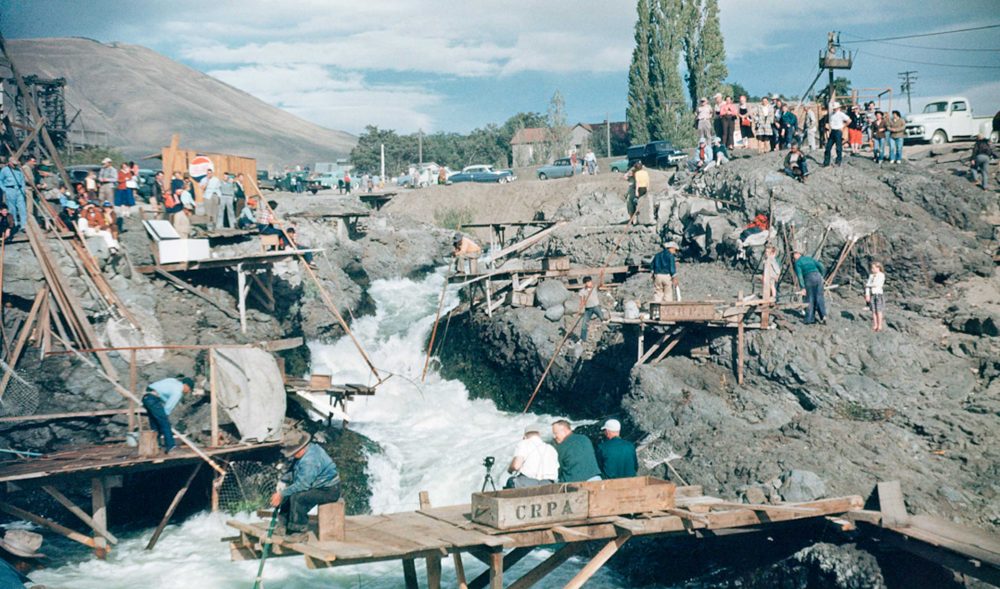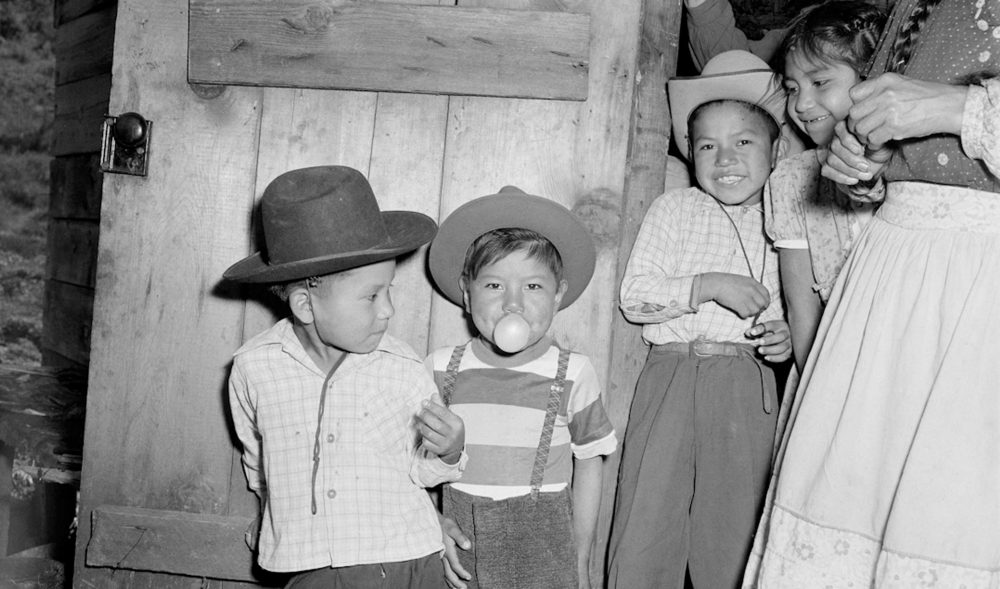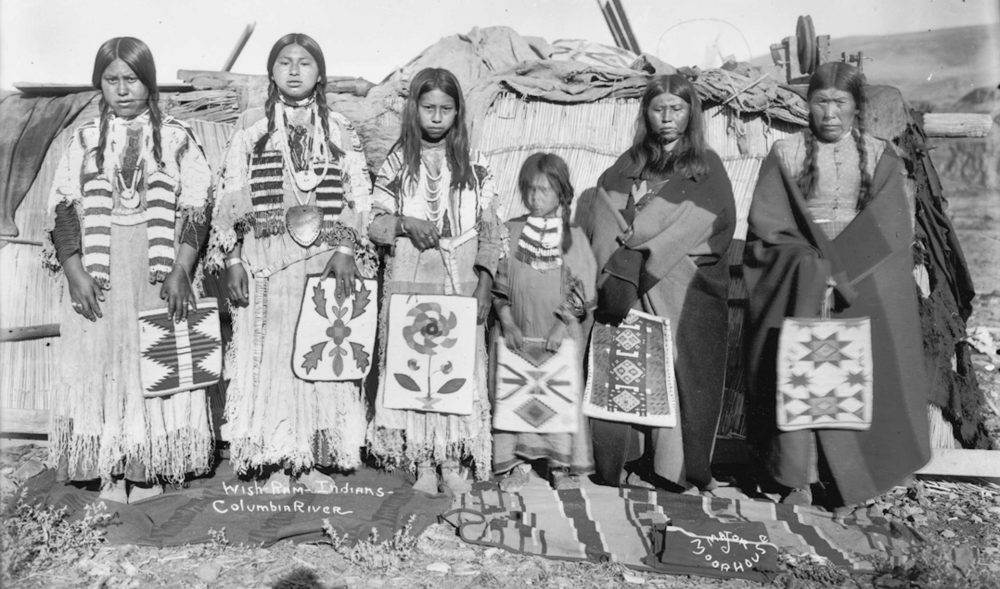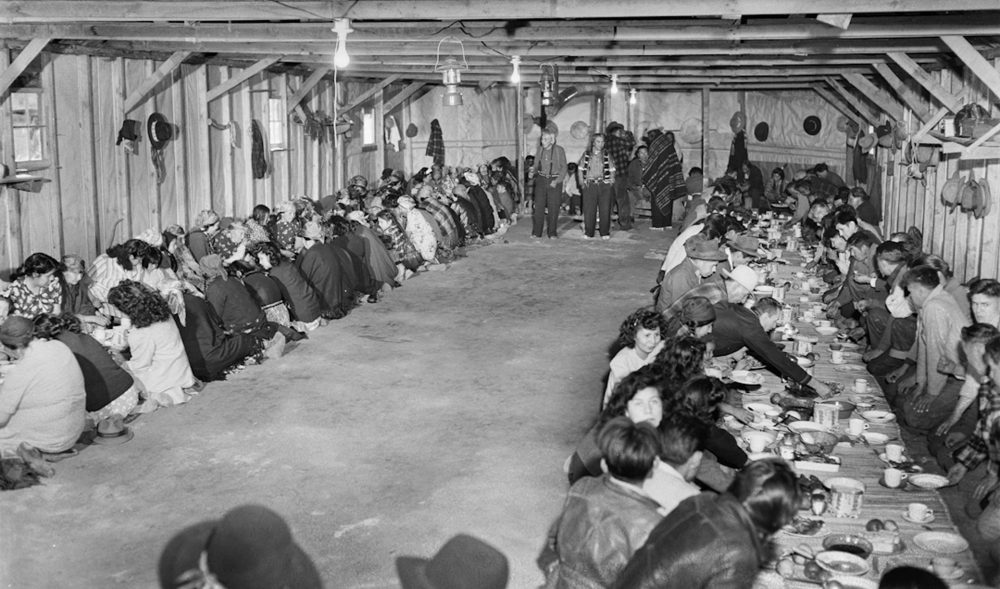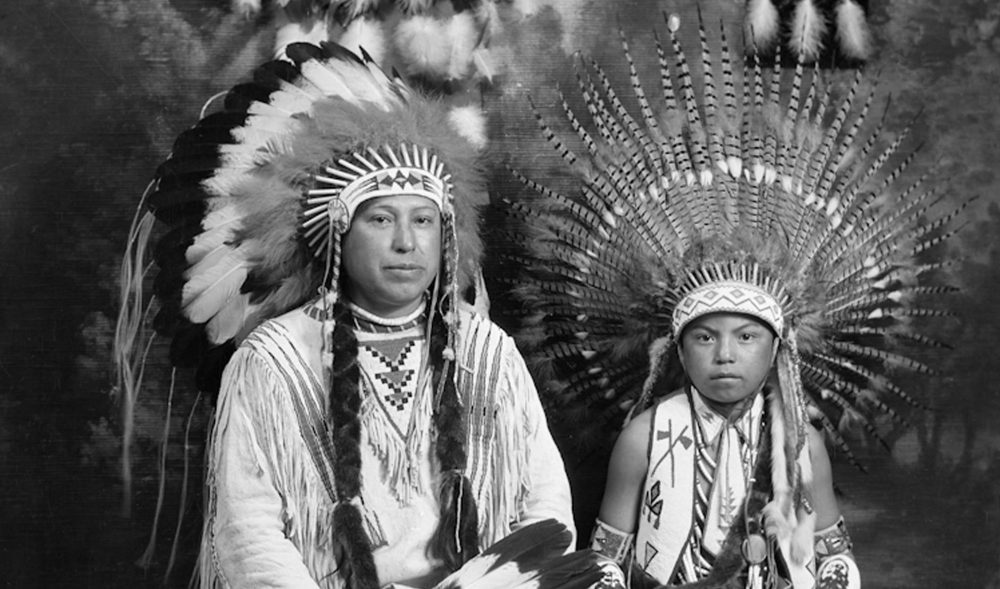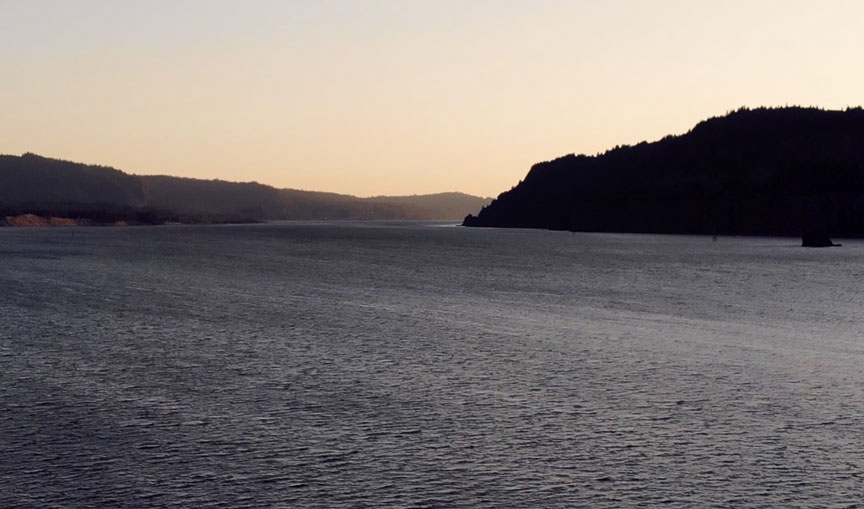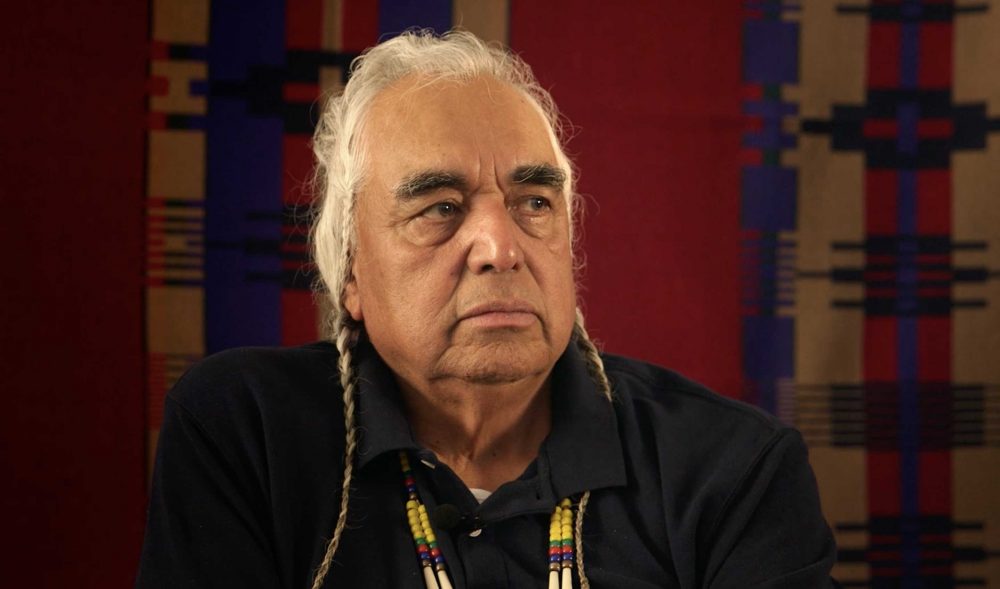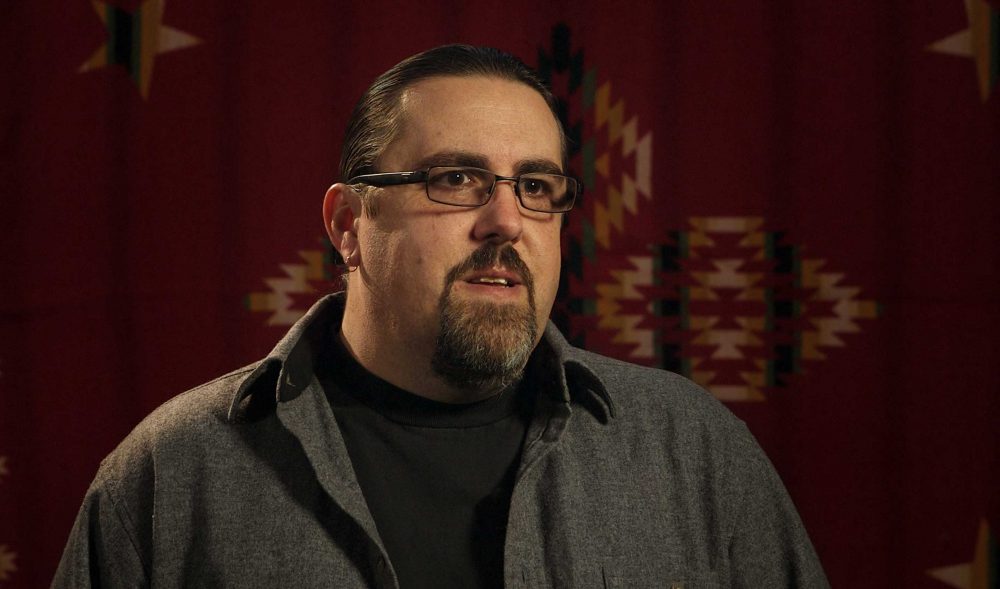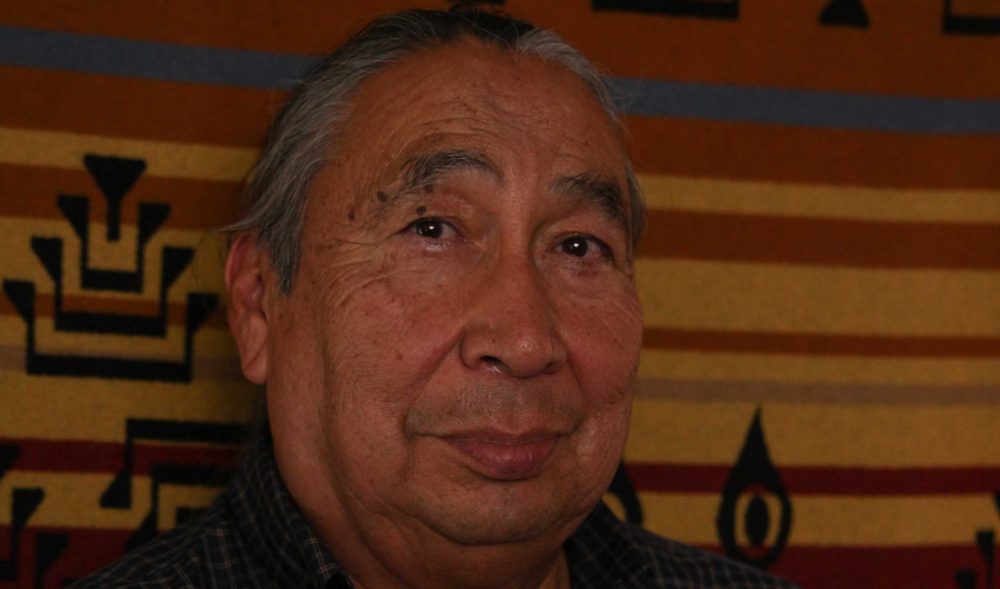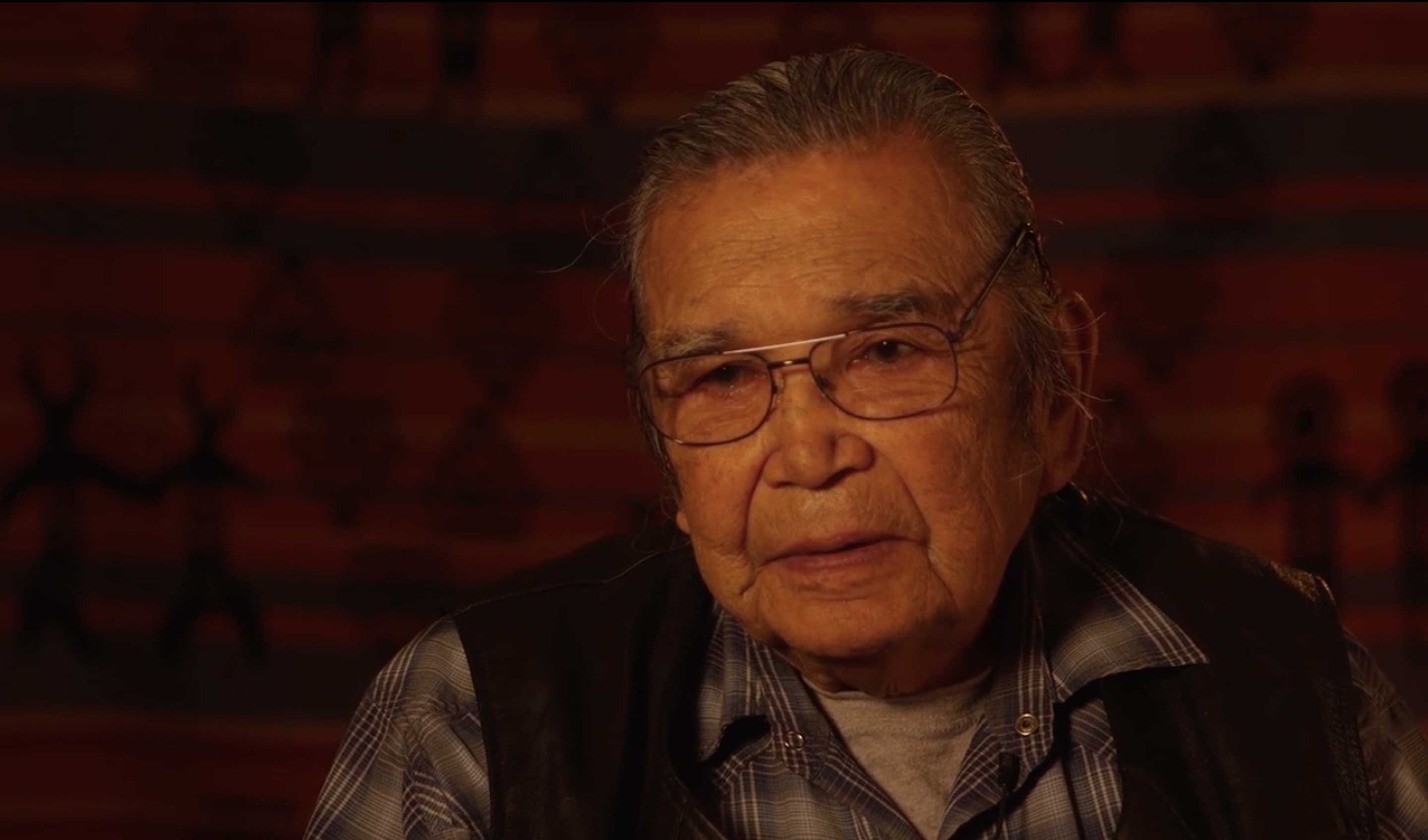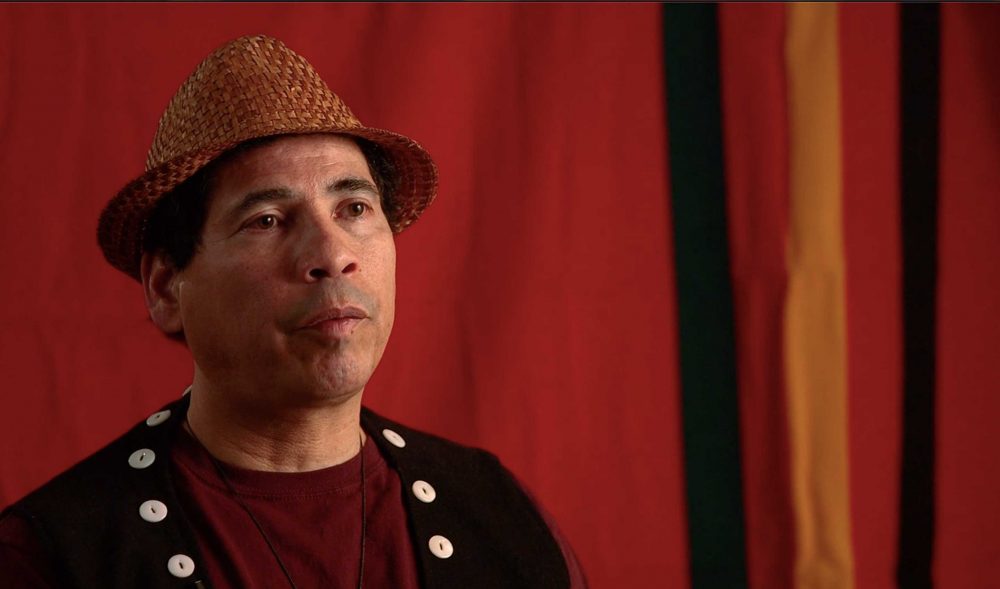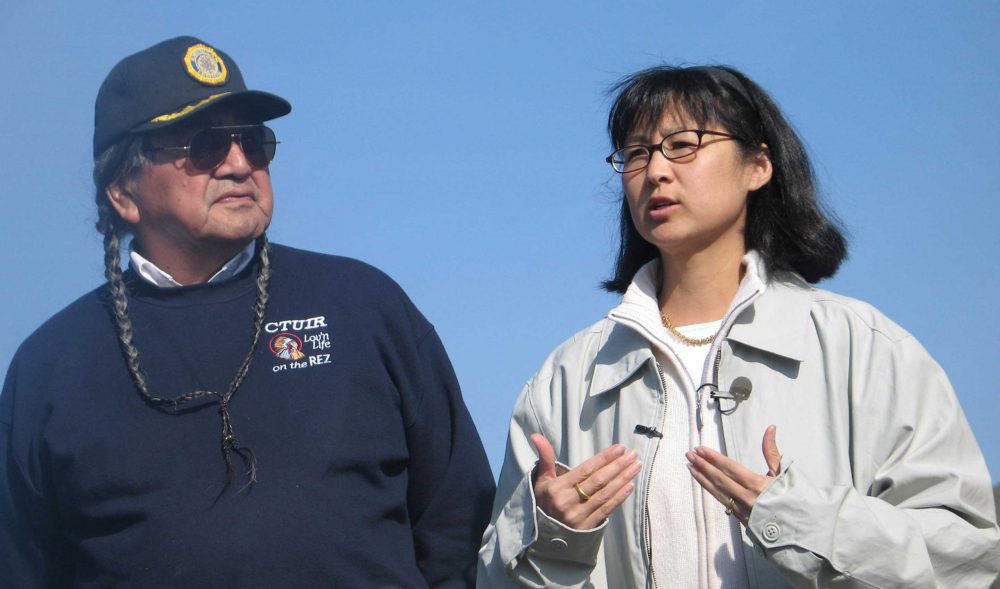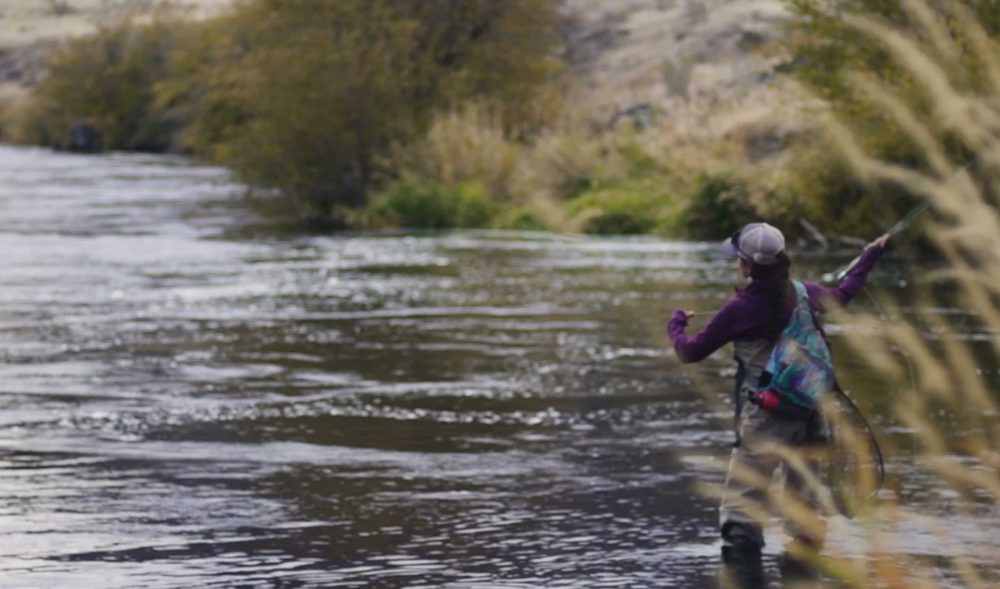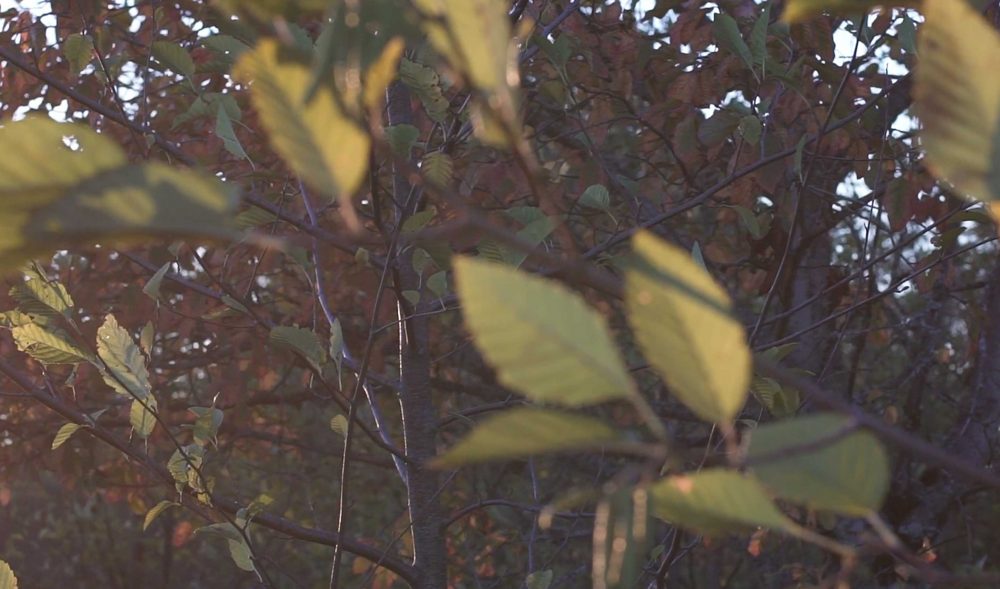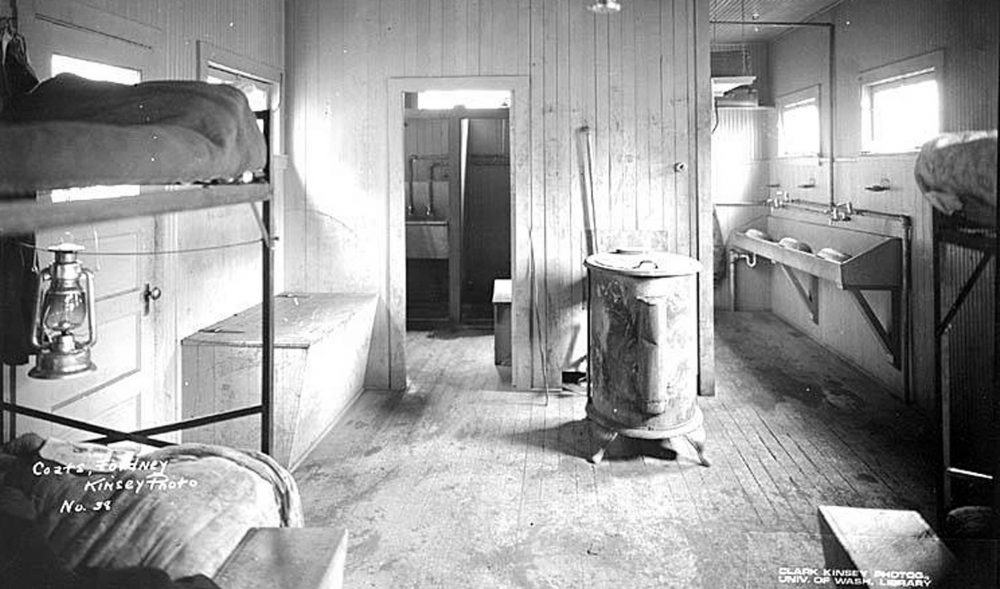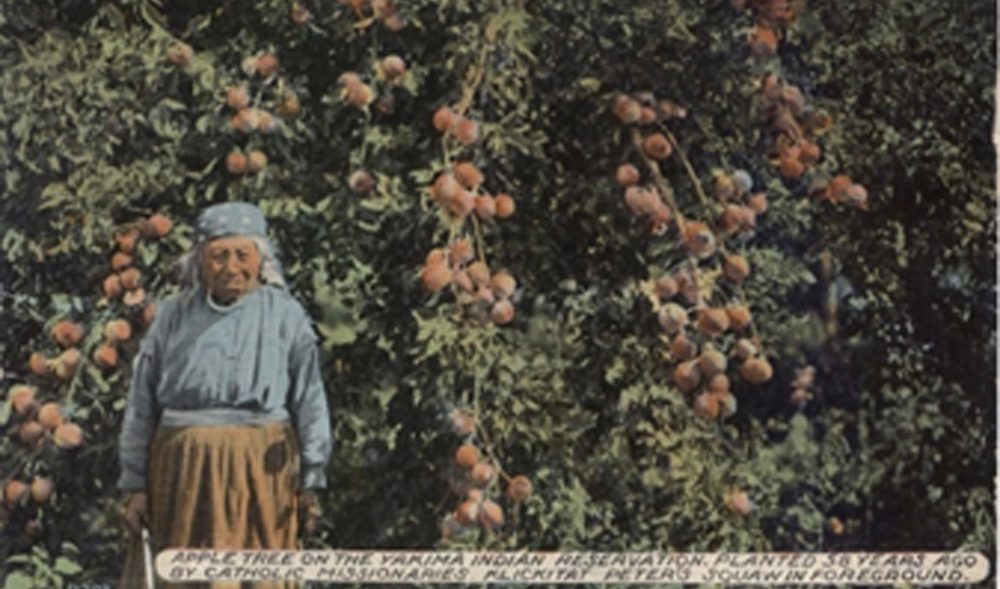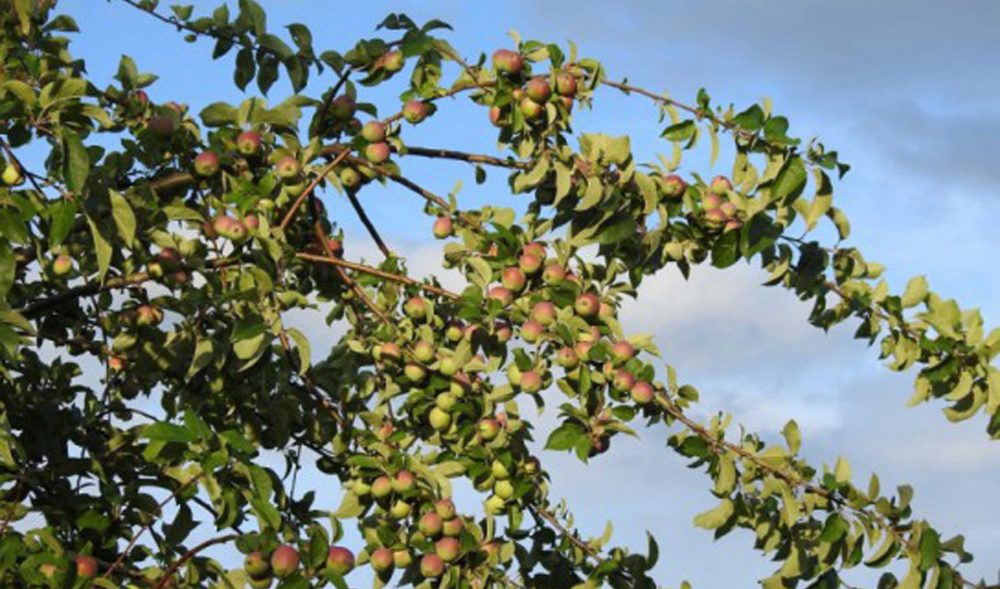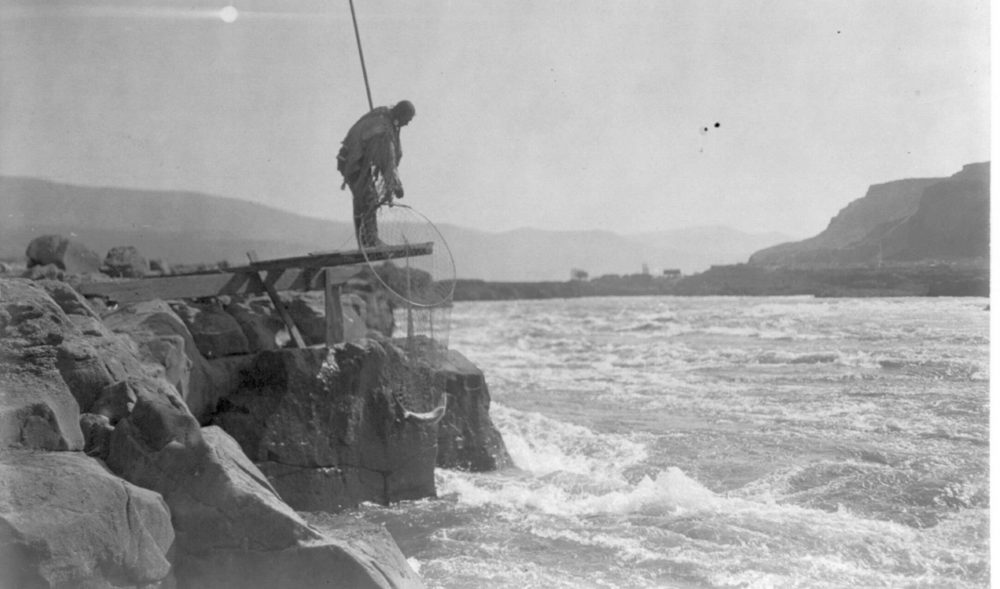Tag Result
tag: Lifestyle
This gallery features photographs of fishing at Celilo Falls.
This gallery features images of children through Celilo Village in daily life, at work and play.
This gallery features photographs of young women taken near Celilo Village between 1902-1938.
This gallery features photographs from the Feast of the First Salmon celebrations held in 1939, 1940, 1945, 1948, 1954, 1956, and 1957.
This gallery features Chief Tom Frank Yallup, his son Douglas, and Chief William Yallup, Sr.
The theme of this video is resilience and survival. 4 Native individuals talk about resilience, survival, river rights, and the fight for recognition. By Tule Films with support from the National Endowment from the Arts.
The theme of this video is language. Six Native individuals talk about language and its importance to cultural preservation. By Tule Films with the support of the National Endowment for the Arts.
Bill Yallup Jr (Yakama) talks about teaching self-care and insight.
Tony Johnson (Chinook) talks about connections to land, place, and stories.
Tony Johnson (Chinook) talks about culture and how American settlers don’t see their own culture.
Louie Pitt (Confederated Tribes of Warm Springs) talks about the teachings of elders and the importance of always learning about ways of life.
Johnny Jackson (Yakama, Cascades) talks about fishing at Celilo Falls with his family.
Greg Archuleta (Confederated Tribes of the Grand Ronde) talks about honoring one’s ancestors through traditional techniques and practices.
Antone Minthorn (Cayuse, Nez Perce, Umatilla) talks about life on the Umatilla Reservation, the struggle for sovereignty, and Maya Lin. Fully subtitled. 2:32.
Alysia and Elke LittleLeaf (Confederated Tribes of Warm Springs) talk about their business as fly fishing guides and the importance of fish and water to their rights and ways of life. Video by Woodrow Hunt of Tule Films.
The theme of this video is “Lifeways.” Seven Native individuals talk about their thoughts, beliefs, and feelings on sustenance, water, place, and identity. By Tule Films, with support of National Endowment for the Arts.
As the Northwest was increasingly colonized, resource extraction and utilization became the region’s economic backbone. Hydroelectric power, lumber mills, and agriculture thrived while damaging Native ways of life.
The cultivation of apples and other orchard fruit at Fort Vancouver was highly successful, expanding to a third site at Fort Simcoe. The Nez Perce and Yakama quickly took to the crop, finding it productive and valuable.
The introduction of apple trees and other orchard fruits to the Northwest was very popular with both Native and white populations. Often overlooked, Native women played a major role in cultivating the first orchards.
Native methods for catching fish along the Columbia River used spears, baskets, and weirs. White newcomers saw these as inefficient and began using mechanical processes such as fish wheels to increase canneries’ catches.

